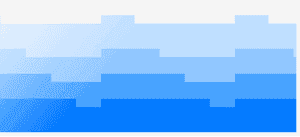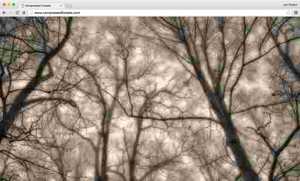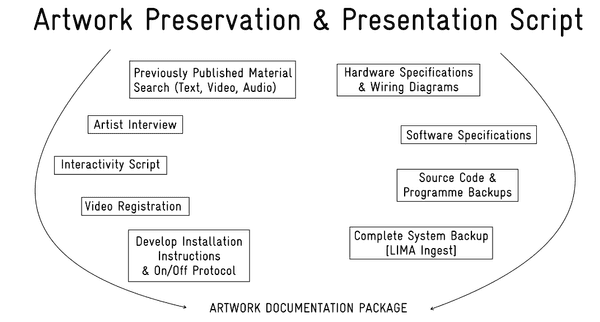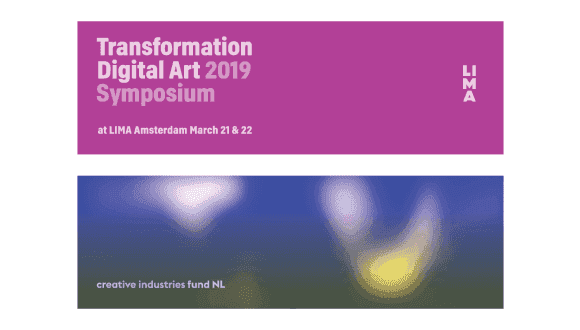
Arthost
Due to the obsolescence of software, hardware and network infrastructures, born-digital art is subject to constant technological change and rapid obsolescence. To avoid the loss of born-digital artworks for future generations, constant research and development efforts in preservation methodologies and technologies are needed. LI-MA is among the global pioneers committed to the research, preservation and storage of digital art. With an international network, LI-MA initiates and participates in collaborative research programmes that address issues concerning born-digital art preservation.
ArtHost offers server and browser hosting solutions to provide sustainable ways to give access to online artworks. These include upload, ingest, file checking, and documentation service and maintenance.
About the Research
The ArtHost project investigated methodologies, requirements and architecture for the preservation of net art. In doing so, it has contributed to the development of guidelines for the preservation and management of complex digital and online art works and to raise awareness among and active involvement of artists in the conservation of their work.
Bearing in mind that at some point all types of media and digital art become obsolete, new standards and techniques within media art preservation strategies need to be explored. In this project, LI-MA investigated the possibilities of emulation, virtualisation and documentation to capture the hybrid, contextual and live qualities of the work.
Based on multiple case studies and in collaboration with artists such as Constant Dullaart and UBERMORGEN, institutions such as Rhizome, and networks such as NDE, LI-MA investigated what online artworks need and what issues the artists are running into. In addition, a survey was conducted at international institutions and research into web archiving and web crawling.
ArtHost Promo Video
What is ArtHost made from?
In shaping ArtHost, various tools and systems were tested. A common way of archiving websites is ‘harvesting’: using special web crawling tools, websites can be captured from the net and stored. This method is generally applied by institutes that archive large numbers of websites. The focus is thereby mainly on preserving the front end of the website, i.e. the part of a website that is visible for the user when visiting a URL. By harvesting a website, it is frozen in time and essentially a copy of the website is stored. LI-MA, on the other hand, focuses on preserving an artwork in its entirety, meaning that the back end is also stored. As ArtHost receives the works directly from the artist or collection, using crawlers is not a relevant approach. LI-MA selected KVM (Kernel-based Virtual Machine) to prevent dependence problems (of mutual servers or the host). By using this system, LI-MA ensures that every website operates within an individual virtual machine. These virtual machines can each have their own configuration and settings. This makes sure that the configuration of one website does not influence that of others. Next to storing and monitoring, the ArtHost service also includes the hosting of the net art work.
In 2024–2025, ArtHost and related scripts will be evaluated and the next level of research into the storage for interactive, participative sites will be undertaken. To read the final report of the research that was finished so far, use the link below.
Case Studies
Around 20 artworks were chosen as research case studies for this project. In addition to the files, description, and source code, the artists were asked to provide available documentation and to answer the following questions, among others:
- What is the concept or meaning of the work?
- What Interaction and (historical) context is present in the work?
- What is the visual output of the work?
- How is the work ideally displayed in an exhibition or outside of its natural environment?
- At what point would the work have to switch to emulation for it to still work?
- What is the hardware/software used in making the work?
A screen capture of the work is preferably made or provided. LI-MA has developed a service for this and can provide a documentation video with split-screen setup according to Documenting Internet-based Art | The Dullaart-Sakrowski Method.
Case Study Summaries & Reports
Constant Dullaart’s Google-based series
As a ubiquitous information tool, Google can be considered the prevailing starting point or portal to the internet. By animating Google’s landing page, Dullaart alters the lens through which information is displayed. Thereby, attention is drawn to the underlying mechanisms that remain invisible to the user, but which influence and arrange the information that appears.
Constant Dullaart’s Google-based series includes the following works: The Disagreeing Internet (2008), The Doubting Internet (2010), The Revolving Internet (2010), The Sleeping Internet (2011), The Internet Spread (2012), and Untitled Internet (2012). These were the points of departure for developing the questionnaire and shaping the documentation report and timelines to keep track of versions and actions. On the basis of these cases, the concept workflow for storage and hosting was developed. Some of the works were blocked as deceptive by Google, which added a unique challenge for their preservation.
Case Study Report available on request.
UBERMORGEN, Chinese Gold
In 2017, artist and researcher Julie Thorez Boschat was invited by LI-MA to research the work Chinese Gold by UBERMORGEN. Within the case study research, several aspects of Chinese Gold had to be addressed by a preservation strategy to ensure the future distribution and exhibition of the artwork: the conceptual nature of the work required deeper insight into the artists' intentions and process; the online context, crucial to its development, constitutes an ever-growing source of information on the work and its theme; the exhibition history and the artists' decisions reveal a deliberate upkeep of uncertainty with regards to the work's evolution; and, lastly, the work is very much subject to the influence of third parties, who have somehow contributed to the creation of core material of the work (found material), or influenced its becoming, through curatorial decisions or commentary.
UBERMORGEN - Chinese Gold (Boom), 2013. In distribution collection LI-MA
Naked on Pluto
Naked on Pluto (2010–2015) – by Marloes de Valk, Aymeric Mansoux and Dave Griffiths, and supported by NIMk (now LI-MA), Baltan Laboratories and Piksel – started as a multiplayer text adventure game on Facebook. It called into question how social relationships have become a commodity for targeted advertising based on information voluntarily supplied to social media databases. The Naked on Pluto game operated until 2015 when Facebook changed its API and stopped providing friends' data to external applications. This move effectively consolidated Facebook's monopoly over unchecked data extraction from its social graph and drove its third-party ecosystem out of business. Aymeric Mansoux (artist/researcher), Julie Boschat Thorez (artist/researcher) and Dušan Barok (artist/researcher) examined the artwork and the possibilities to achieve artistic research.
Mouchette.org, Martine Neddam
The net art performance Mouchette.org (1996) by the Amsterdam-based artist Martine Neddam was examined by Patricia Black and Wiel Seuskens. Black focused on the ethical and aesthetic aspects and the preservation and documentation of identity and Seuskens on the technical side. This interactive website provides a platform for the online presence and subversive diary of a young character named Mouchette, a 13-year-old girl who expresses herself on themes of death, desire and suicide. This artwork presents many challenges in terms of documentation and preservation, as it combines several elements and is highly participative.
ArtHost in other pages
ArtHost is not only featured on this page but runs through other events and studies that LI-MA has done. If you want to read more about ArtHost and the pages on this website that talk about similar ideas and preservation strategies, use the links below.












